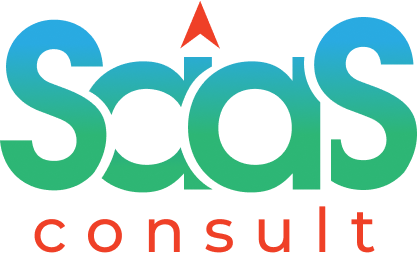What is Customer Acquisition Cost (CAC)
Customer Acquisition Cost (CAC) is a metric that measures the average cost a business incurs to acquire a new customer. It represents the total amount of money a company spends on marketing and sales efforts divided by the number of customers acquired within a specific period.
Calculating the CAC involves summing up all the costs associated with acquiring customers, including marketing expenses, advertising campaigns, sales team salaries, commissions, and any other costs directly related to customer acquisition. This total cost is then divided by the number of customers acquired during that same period.
The formula to calculate CAC is as follows:
CAC = Total Marketing and Sales Expenses / Number of Customers Acquired
The CAC metric is important for businesses as it helps them evaluate the efficiency and effectiveness of their customer acquisition strategies. By analyzing the CAC, companies can determine how much they are spending to acquire new customers and compare it to the revenue generated from those customers.
A high CAC may indicate that the cost of acquiring customers is too high relative to the value they bring to the business. This could be a sign of inefficiencies in marketing and sales processes, targeting the wrong audience, or ineffective conversion strategies. In such cases, businesses may need to reassess their customer acquisition strategies, optimize marketing channels, or improve sales processes to reduce the CAC and improve profitability.
Conversely, a low CAC is generally seen as positive, as it means that the cost of acquiring customers is relatively low compared to the revenue they generate. This indicates efficient customer acquisition strategies and a healthy return on investment. However, it’s important to ensure that a low CAC is not achieved at the expense of customer quality or long-term profitability.
To improve CAC, businesses can consider various strategies. They can focus on targeting their marketing efforts towards the most relevant and high-value customer segments. By identifying the channels and messages that resonate with the target audience, businesses can optimize their marketing spend and improve the efficiency of customer acquisition.
Additionally, businesses can invest in improving their sales processes and customer journey to increase conversion rates and reduce customer acquisition costs. Streamlining and automating sales processes, implementing effective lead nurturing strategies, and providing excellent customer experiences can all contribute to a more efficient customer acquisition process.
It’s important for businesses to regularly monitor and analyze the CAC, as it can vary over time and across different marketing channels or customer segments. By understanding the CAC, businesses can make data-driven decisions regarding budget allocation, marketing strategies, and customer acquisition tactics to achieve sustainable growth and profitability.
In conclusion, Customer Acquisition Cost (CAC) is a metric that measures the average cost a business incurs to acquire a new customer. It helps businesses assess the efficiency of their customer acquisition strategies and evaluate the return on investment from marketing and sales efforts. Monitoring and optimizing the CAC is crucial for businesses to improve profitability, target the right audience, and allocate resources effectively.

